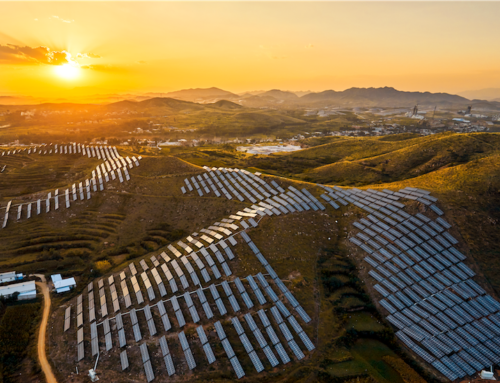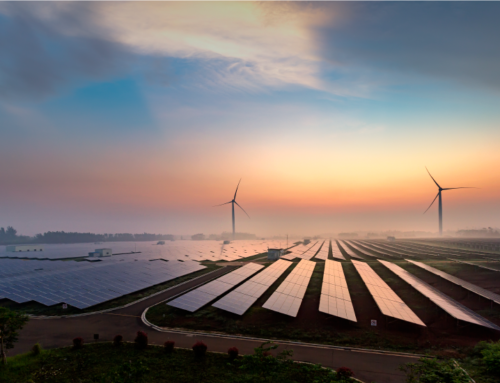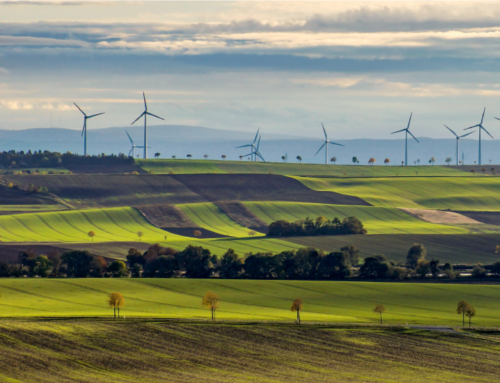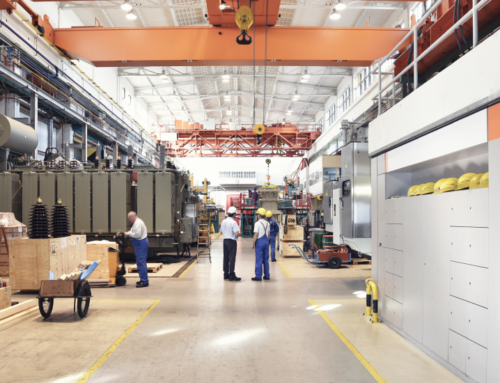Both Climate Resilience and the Green Transition Provide an Investment Opportunity We Can’t Afford to Miss
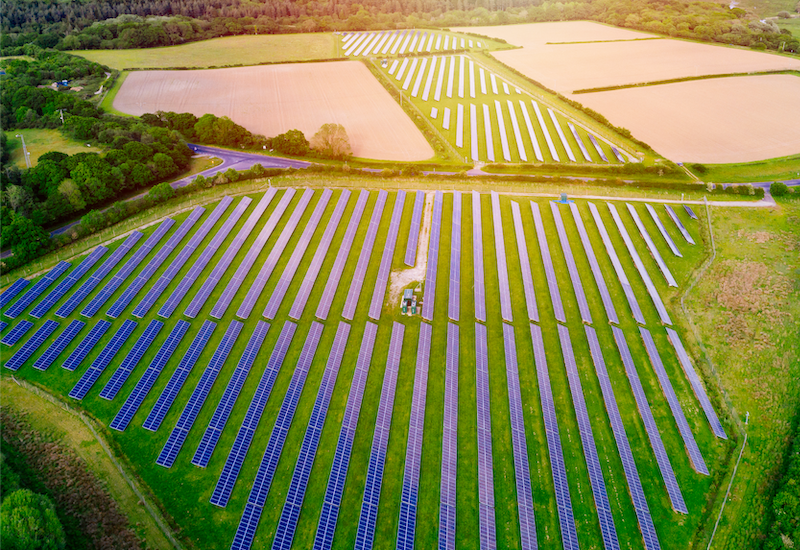
16 June 2022
The climate crisis is already here – and, although it should be at the forefront of everyone’s mind, it is not a universal issue; in terms of its cause or effects. Unfortunately, many of the people who had the least to do with creating it will be the same communities experiencing the most pernicious of its impact.
Hence, there must be two set priorities for policy and capital. In the Global South and the less-developed world, climate resilience must be the focus in order to protect the vulnerable. In more developed northern economies, the green transition must be the priority in order to reduce carbon emissions.
However, both processes represent incredible investment opportunities. According to October 2019 data from the World Bank, the world will need to invest around US$90 trillion by 2030. However, on average, investments of US$1 will yield US$4 in benefits.
We didn’t all create this crisis
The numbers are clear: there is a correlation between living standards and carbon emissions per capita. In 1900, more than 90% of emissions were produced in Europe or the US; by 1950, this number was 85% of emissions each year.
Today, it is not quite the same picture. States like India and China, which have rapidly developed over the last few decades, have played a significant, if recent, part in the climate crisis. Research by Rhodium Group says China emitted 27% of the world’s greenhouse gases in 2019. The US was the second-largest emitter at 11%, while India was third with 6.6% of emissions. However, Carbon Brief’s research shows that the US produced 20% of the world’s total historical carbon emissions, with China a distant second at 11%.
We won’t all be affected by it equally
The International Panel on Climate Change (IPCC), the world’s foremost body on the subject, released Climate Change 2022: Impacts, Adaptation and Vulnerability in February 2022 – which has concluded that cities in the south will feel the vast majority of the impact of climate change. This will come in the form of seasonal heatwaves, floods, and rising ocean levels – and billions will be affected.
The impacts won’t be nearly as brutal in the tepid northern hemisphere, where rainfall is often plentiful and temperatures mild. Furthermore, more industrialised and modernised economies will be inherently more resilient to climate change – and have more capital to invest in protection.
Where we stand now
It is clear today that times have changed. We know more than we did then, and although it is still taking time for governments and businesses to catch up with the science behind the climate crisis, there is at least a general, rhetorical agreement now that we did not have in the 19th Century: the climate crisis is real.
However, the climate crisis will not impact everyone equally; therefore, a clear global divide between resilience and transition is needed. Emitters must transition away from fossil fuels, and resilience must be the focus for the developing world in order to protect the most vulnerable and help people live with the now-inevitable climate change.
Lenders have an essential role to play in funding and accelerating both processes, as they have the capital needed to fuel dynamic, scaling enterprises and research organisations to create the tools we need. This should not be seen as a burden or charity but rather an incredible investment opportunity.
It is too late to avoid some impact of the climate crisis, and we may not even limit the warming to below 1.5 degrees, but it is not too late to change our behaviour and adapt to its now-inevitable impact. Companies, banks and funds have an essential role to play – and should make the most of the transition.

